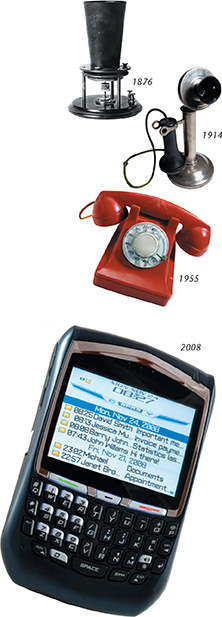Science is a system of knowledge and the methods you use to find that knowledge. Part of the excitement of science is that you never know what you will find. For instance, when you flip over a rock, will you see crawling insects, a snake, or nothing at all? You won't know until you look.  Science begins with curiosity and often ends with discovery.
Science begins with curiosity and often ends with discovery.
Curiosity provides questions but is seldom enough to achieve scientific results. Methods such as observing and measuring provide ways to find the answers. In some experiments, observations are qualitative, or descriptive. In others, they are quantitative, or numerical. Some experiments are impossible to do, such as observing what happened at the start of the universe. Scientists cannot go back in time to observe the creation of the universe. However, they can use the evidence of the universe around them to envision how this event occurred.
Science and Technology
As scientific knowledge is discovered, it can be applied in ways that improve the lives of people. Technology is the use of knowledge to solve practical problems. While the goal of science is to expand knowledge, the goal of technology is to apply that knowledge. Imagine living in the late 1700s, when there were no televisions, cars, antibiotics, or electricity. In a relatively small amount of time, people's lives changed dramatically. Perhaps your grandparents were born at a time when there were no televisions, and your parents were born at a time when there were no personal computers. Technology will have also changed your world dramatically by the time the generation following yours comes along.
Figure 2 illustrates the rapid evolution of the telephone, a technology invented in 1876. Within two years, the first telephone operators were connecting calls by hand. The first coin-operated phones appeared in 1889. By 1927, it was possible to make a phone call from New York to London. World War II saw the development of the first mobile telephones, which paved the way for modern cellular phones. Today, you can communicate by telephone between almost any two places in the world.
Figure 2 Telephones have quickly evolved from cumbersome, expensive machines to practical, cheap tools for communicating. Classifying How is a telephone an example of both science and technology?

 Science and technology are interdependent. Advances in one lead to advances in the other. For example, advances in the study of physics led to the invention of the transistor. The use of transistors, in turn, led to advances in various other scientific fields, such as computer science and space science.
Science and technology are interdependent. Advances in one lead to advances in the other. For example, advances in the study of physics led to the invention of the transistor. The use of transistors, in turn, led to advances in various other scientific fields, such as computer science and space science.





